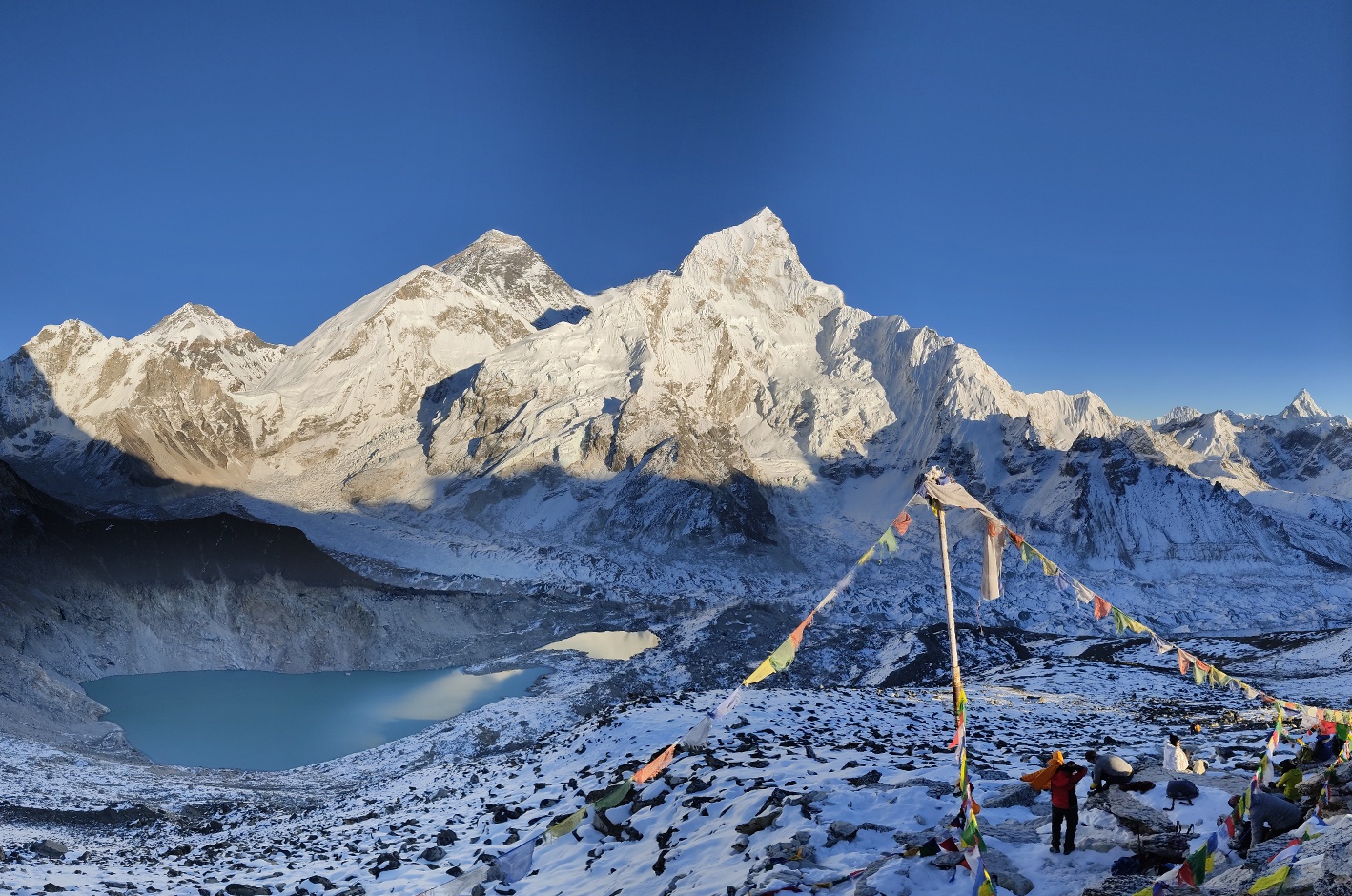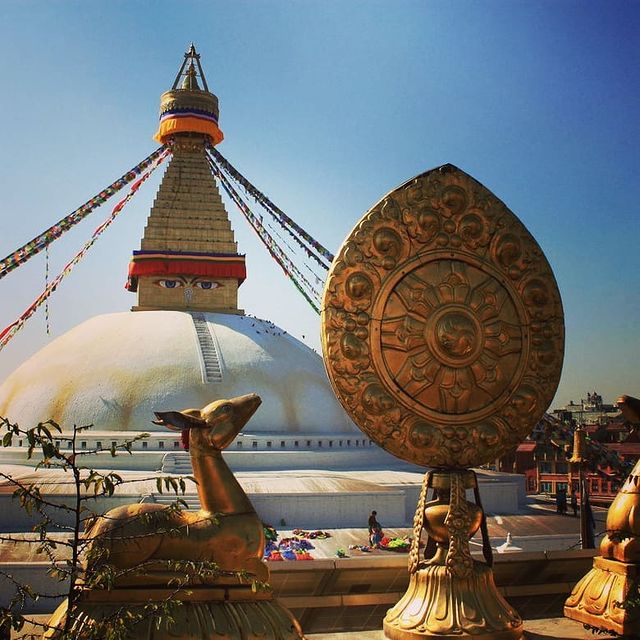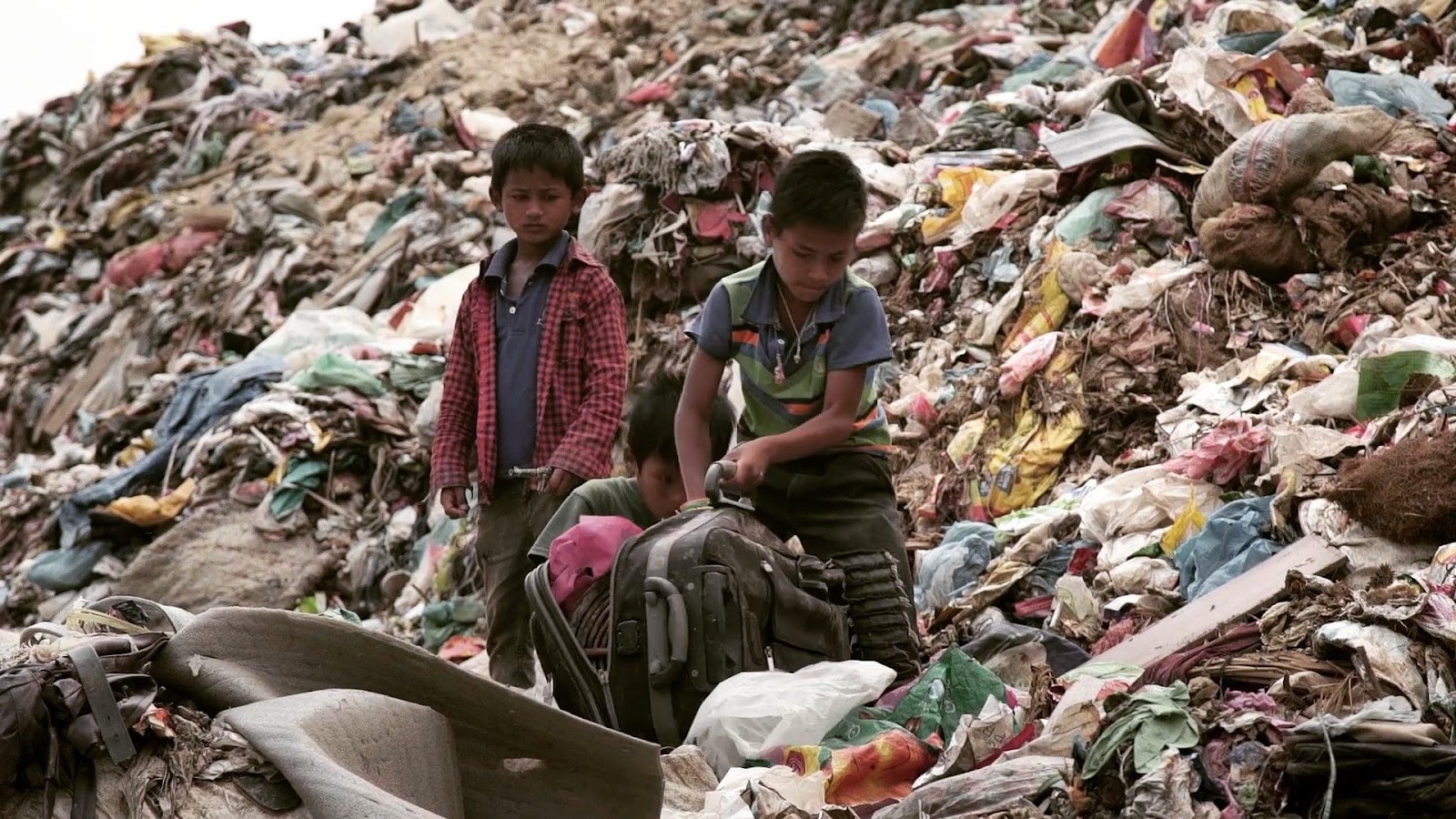Brief overview of Nepal
Posted on 05/02/2021 by Valentin Girard
If Nepal is now considered as one of the poorest countries in the world, it is, in my opinion, an extremely rich country. If its wealth is not counted in dollars, it is expressed in incredible landscapes, in nature, in traditions, in cultures and in smiles. Here is a small list of 12 more or less known things to know about Nepal, which will allow you to know this country in all its aspects. You will feel Nepal in its best light, you will understand its dark sides, you will apprehend its misery and its beauty, you will finally learn from its errors and its wisdom. Let’s go…
- Nepal is a country embedded in the Himalayan range, between India and Tibet. It is on its territory that 8 of the 10 highest peaks in the world are enthroned, including Sagarmatha, also called Mount Everest. This small country of 150,000 km² has 30 million inhabitants.

- It is the only country in the world to have a non-rectangular flag. Its shape in 2 superimposed triangles symbolizes the high altitudes of the Himalayas, but also the 2 dominant religions: Hinduism and Buddhism. The sun and moon shapes symbolize the family of kings and prime ministers.

- Nepal is known by Westerners for its high altitude peaks. While Everest (8848 m) is the best known, Nepal has other iconic peaks : Lhotse (8516 m), Makalu (8485 m), Cho Oyu (8188 m), Manaslu (8163 m), Annapurna 1 (8,091 m), … Nepal is the dream of many great mountaineers, but many lose their lives on the paths of its mountains. For example, Annapurna 1 leaves behind a mortality rate of 32%, and K2 26%.

- The typical dish of the country is Dal Bhat. It is rice and lentils presented in the form of mashed potatoes seasoned with the local spice par excellence : Masala. It is accompanied by a vegetable curry which is also very spicy. After a good day in the mountains, there’s nothing like to get back on your feet. For around €5, it is all-you-can-eat. Tibetan Mo:Mo, which are actually a type of enhanced ravioli, is very common.

- There is an enormous diversity of living species in Nepal. The monkeys are observed in the capital, as soon as you arrive, on the small slopes of Kathmandu. They are found in the wild in the Himalayan forests, alongside yaks who carry stuff to the high villages. If you go down to the south, in Chitwan, you can see elephants, rhinos, tigers and even panthers if you are lucky. During the monsoon (early June to late September), insects and other leeches abound ! To deal with it, a solution : take a stick of salt with you on a hike. During my trip to Nepal, I met Hindu monks who were going to confine themselves to their monastery for 2 months during the monsoon for the simple purpose of not crushing all these insects that appear during the rains… A great lesson of life in harmony with nature.

- Tourism is the activity that sustains Nepal. It represents 42% of its GDP today. Since the 1980s, this country has seen more and more Western tourists coming to discover it. These people come to discover the culture of Nepal, its landscapes and the bravest embark on long treks, even high mountain expeditions.
- 2 religions dominate in Nepal : Hinduism (81%) and Buddhism (9%). These 2 cultures leave incredible monuments on the Nepalese landscape. Temples, monasteries, stupas, lost cities… these monuments give Nepal a wise and mystical character. In addition to this, the capital is animated by many religious festivals and rituals throughout the year. Interesting things to know : a stupa is a Buddhist architectural structure that represents the Buddha. The nose in the shape of the number 1 in Nepali, to symbolize the unity of living beings. The steps above his head represent the 12 steps to reach nirvana (enlightenment). Siddhartha Gautama, also called the Buddha, is in fact the first man to have had the title of Buddha (“enlightened”), given by his disciples. This Lumbini-born man is said to have taught the 4 Noble Truths after his awakening :
- The first is that suffering is part of life
- The second is the recognition of the cause of these sufferings.
- The third is the knowledge of the means to stop these suffering.
- And the last is the path of practice for these to cease.

- Kathmandu is the capital of Nepal. This city is a cradle of Buddhist and Hindu culture. It is, to say the least, very dynamic and exotic for Westerners who are not used to Asian countries, beware of scams ! A smell of oil mixed with incense bathes the city. But above all, like the whole of Nepal, it is populated by fabulous people, ready to do you the slightest service and to smile from ear to ear for a simple exchange with them, a small gesture, an attention. A must see in this city : the Stupa of Bodnath and that of Swayambunath where monkeys will keep you company.

- Nepal was a monarchy, which remained closed to the world until 1951. After a Maoist-influenced civil war in 1996, the country remained a monarchy tainted by a desire for change from the Nepalese. It is since 2006, but formalized in 2008, that the monarchy has been abolished and replaced by a federal democratic republic.
- In addition to bearing the brunt of the consequences of climate change, Nepal is in an important seismic zone. In 2015, a huge earthquake struck Nepal, weakening its population more than ever. More than 8,900 death, many temples and stupas destroyed, within the capital itself, cultivations destroyed : the human and economic cost is enormous. The Nepalese are just beginning to recover from this disaster thanks to international aid and an exemplary will.

- Nepal is the third poorest country in Asia. The average salary is $730 per year per inhabitant.

- If the countries of the world want to help Nepal, globalization has also weakened it. Westerners have brought plastic packaging, but nothing is planned for waste treatment. This makes Nepal a very polluted country, where the inhabitants are not afraid to throw their trash in the torrents. All this waste ends up in open landfills, polluting soils and rivers. Heat engines have no filter and are unrestrained. This leaves the Kathmandu Valley with toxic, unbreathable air. Researchers have measured pollution levels at an altitude of 5000m higher than those of Grenoble in summer.

